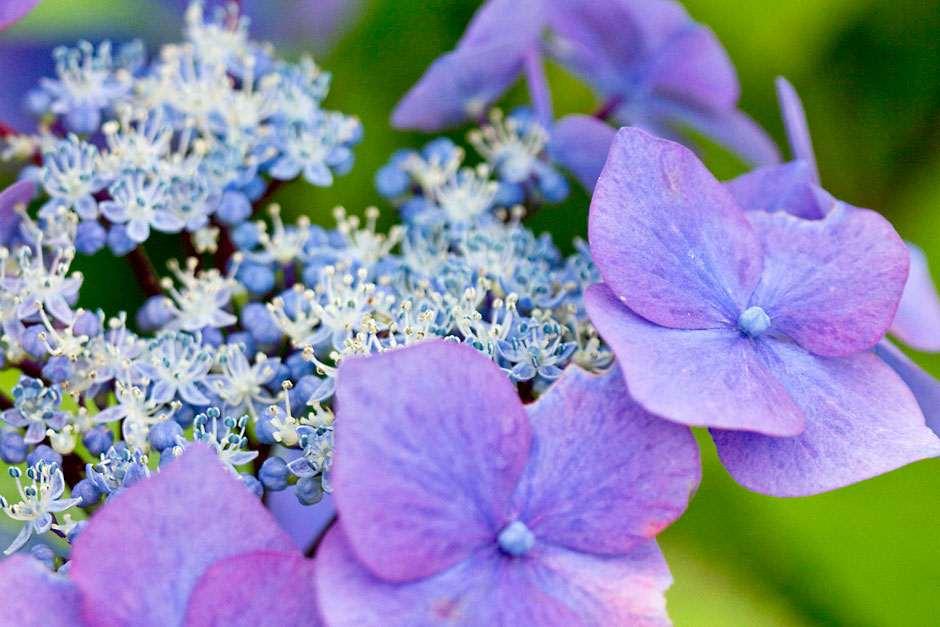10 of the best hydrangeas
The bold flowers and impressive colours of hydrangeas are hugely useful in the garden. On top of that they perform for many weeks, late in the season
Hydrangeas are well-known and well-loved garden plants. They're easy to grow and flower for a long time; many have attractive autumn leaves too. They grow well in most soils, although those with blue flowers are sensitive to soil acidity – in more alkaline soils the blue colour will fade to pinky-purple.
If your garden has limy or chalky soil (with a high pH) it's best to stick to white, pink or red-flowered cultivars. If you're keen on blue flowers and have soil conditions that are closer to neutral (pH 7), use a hydrangea colourant to improve the colour of your blooms.


